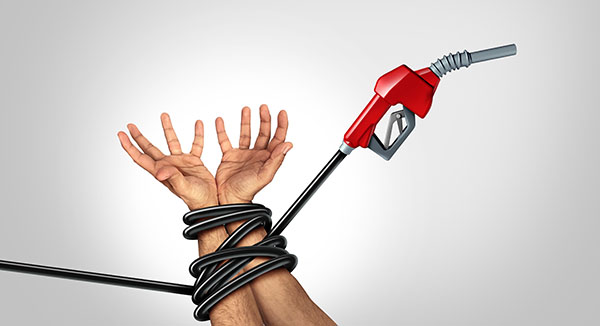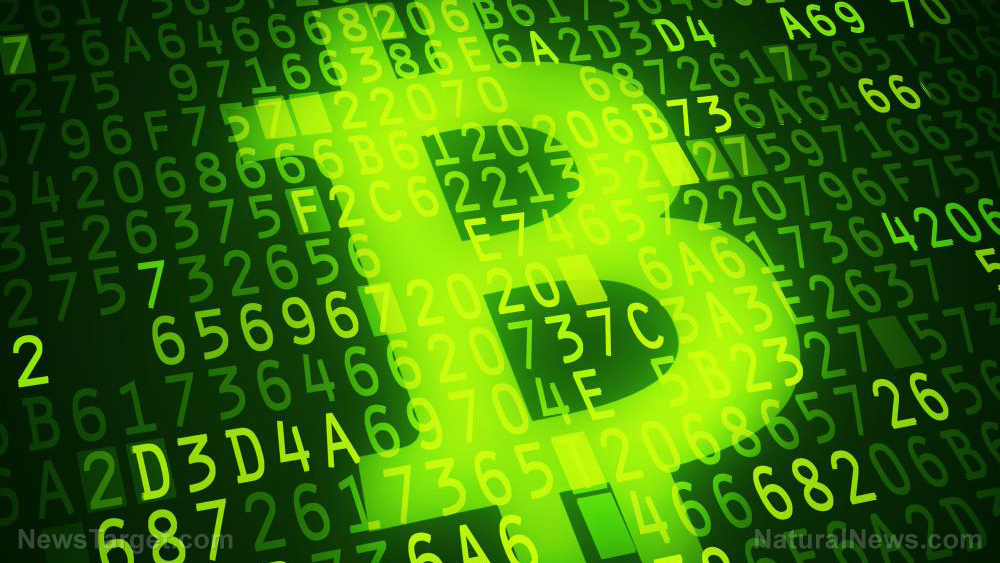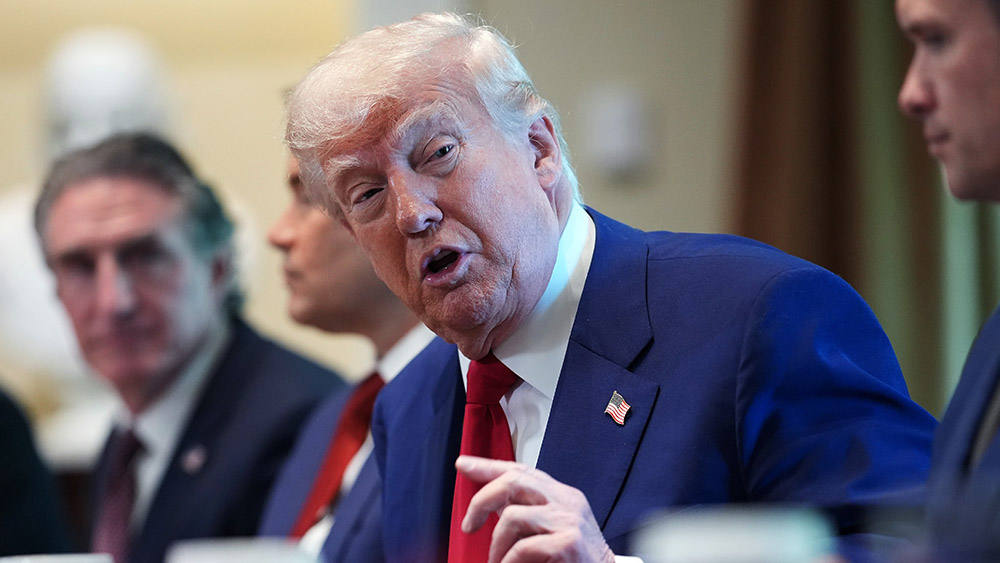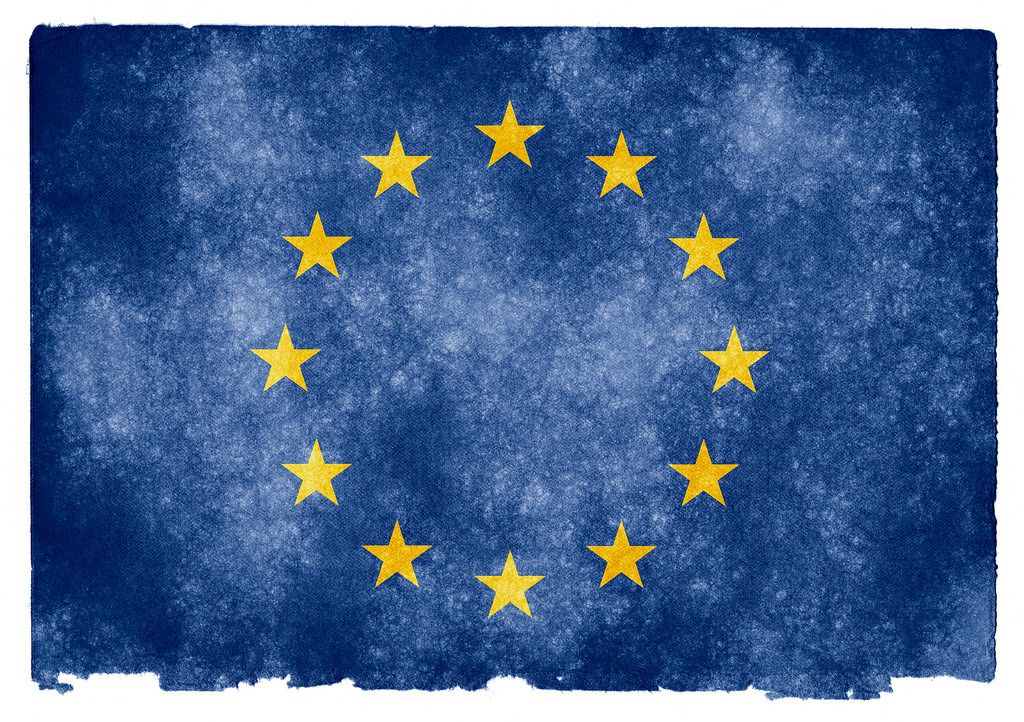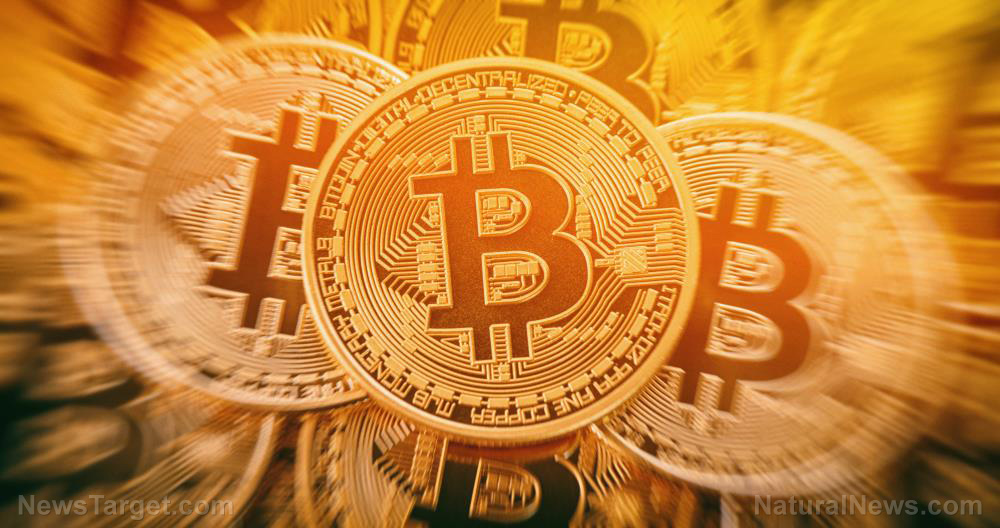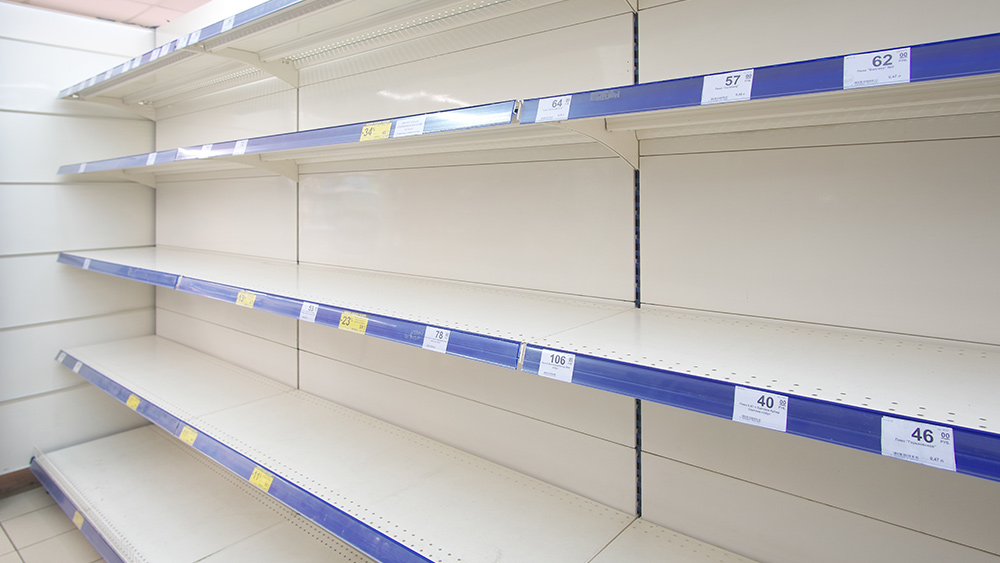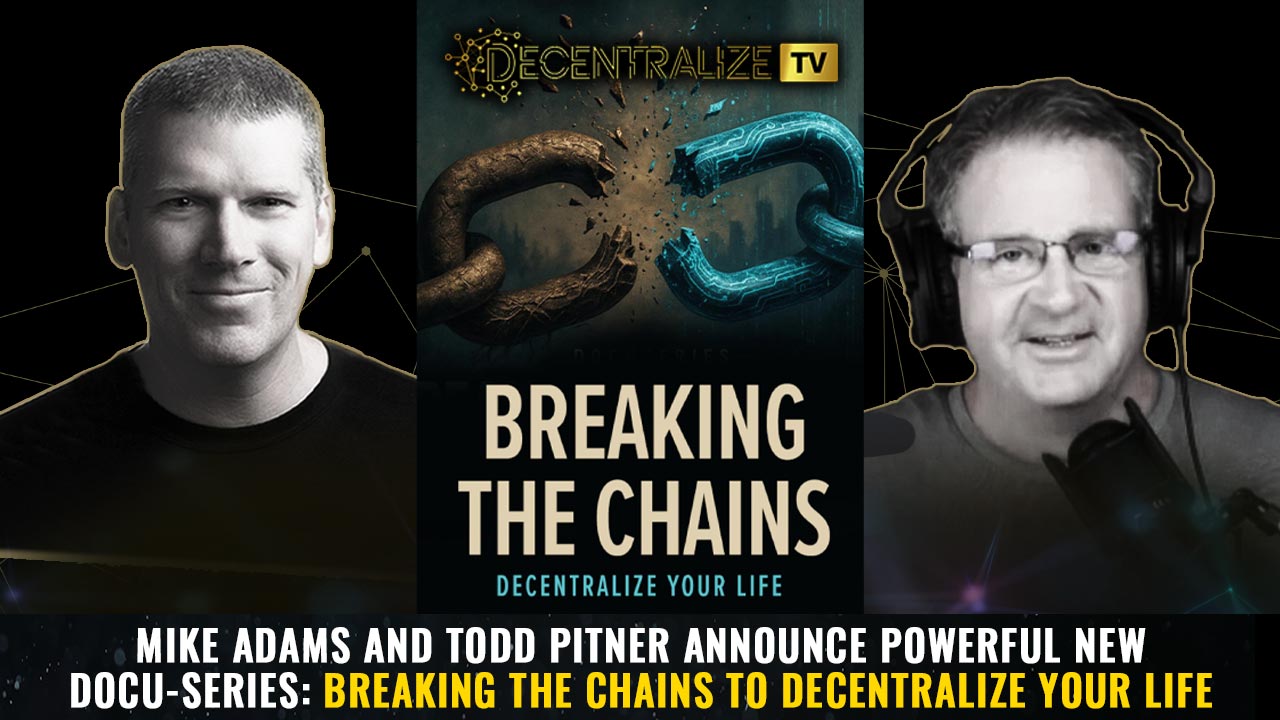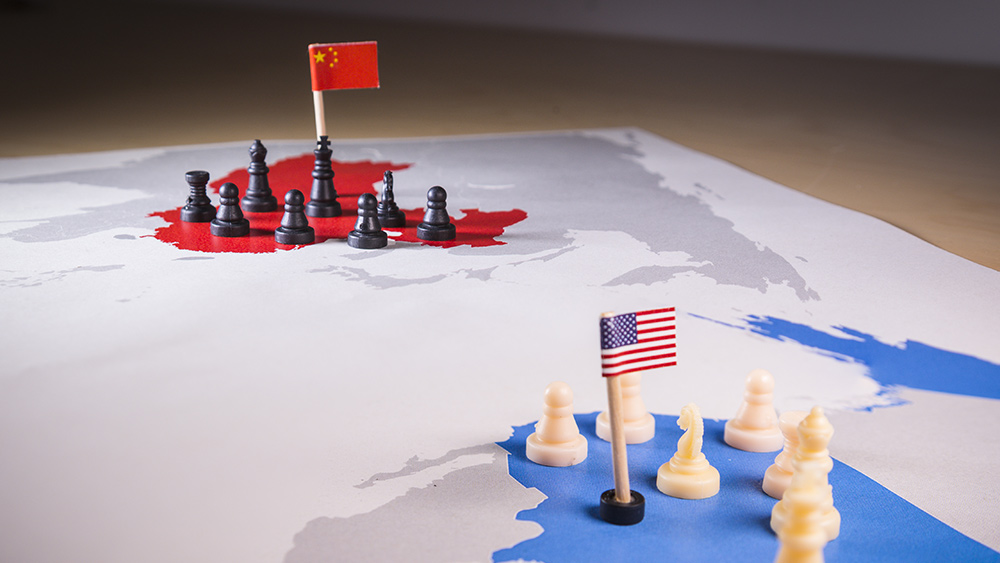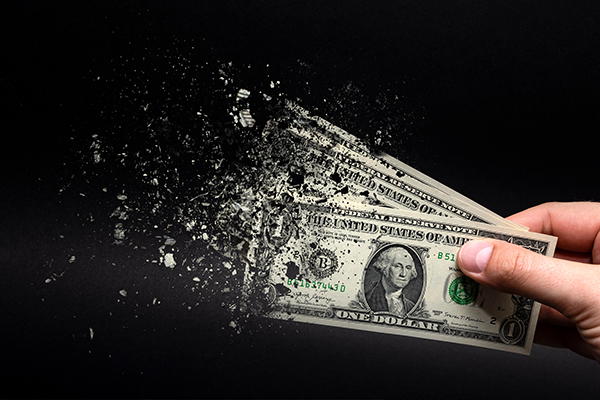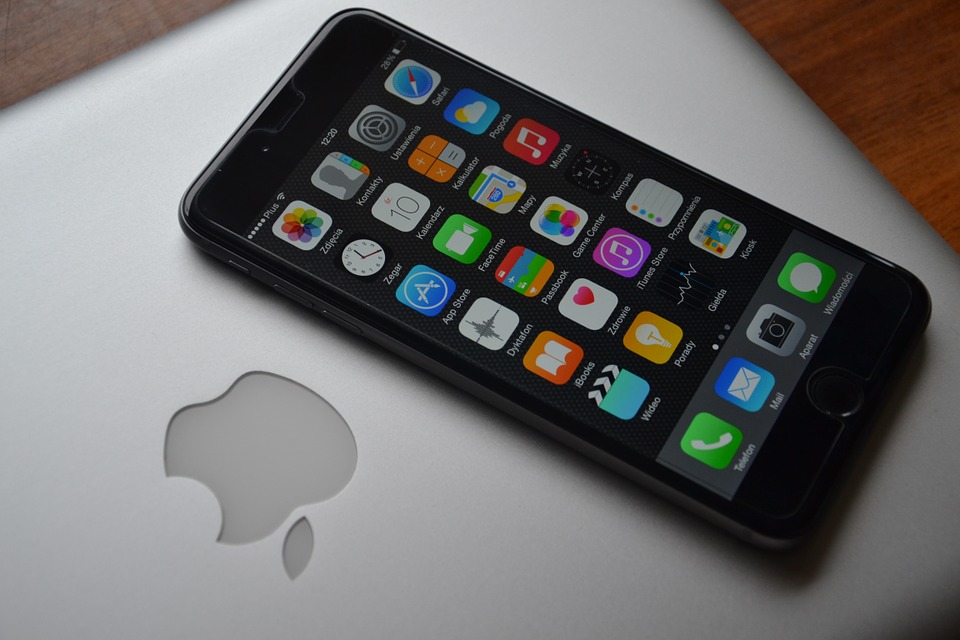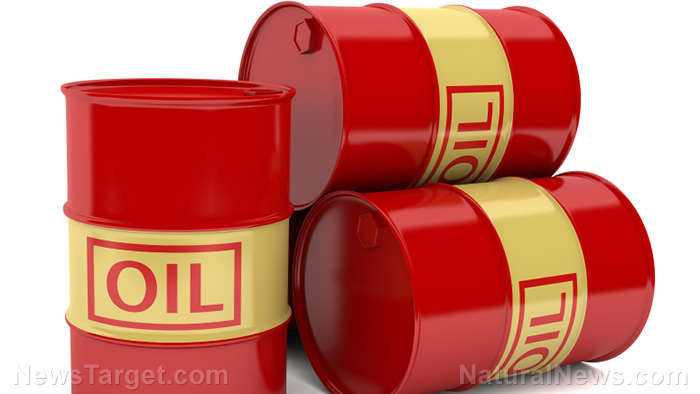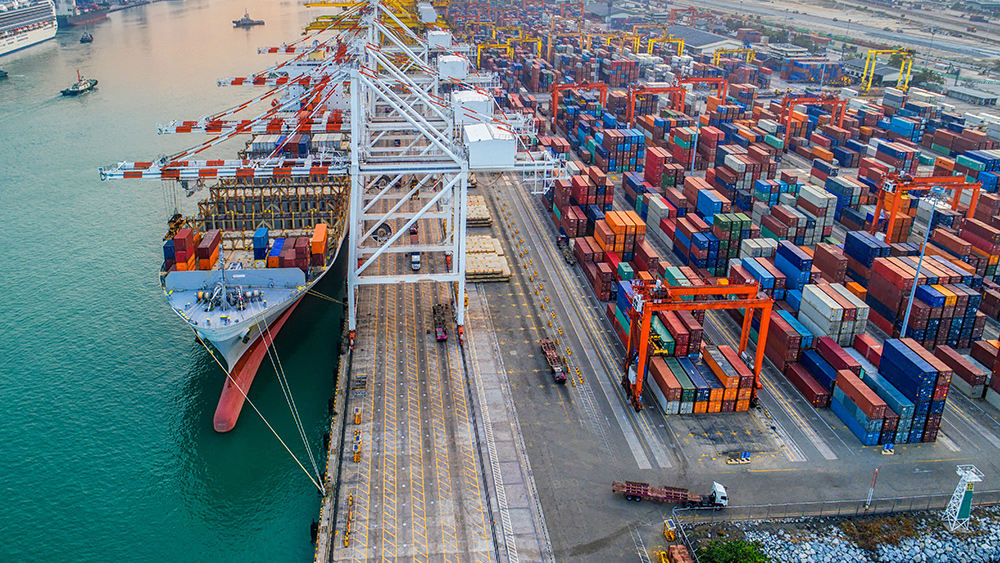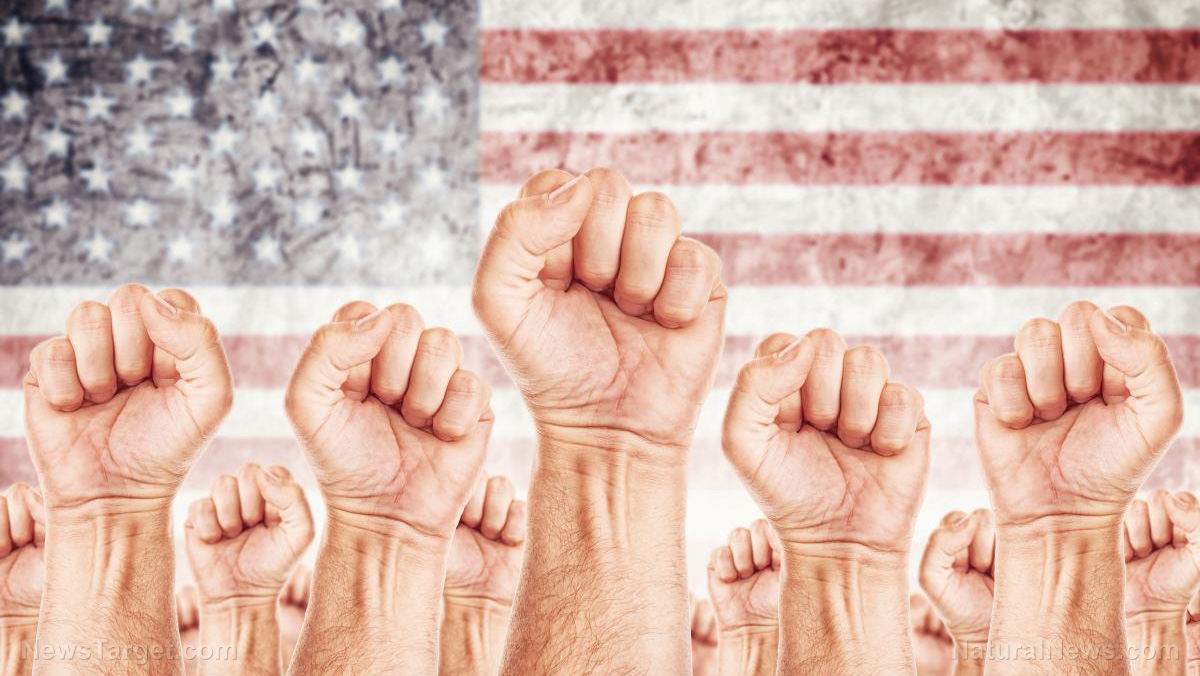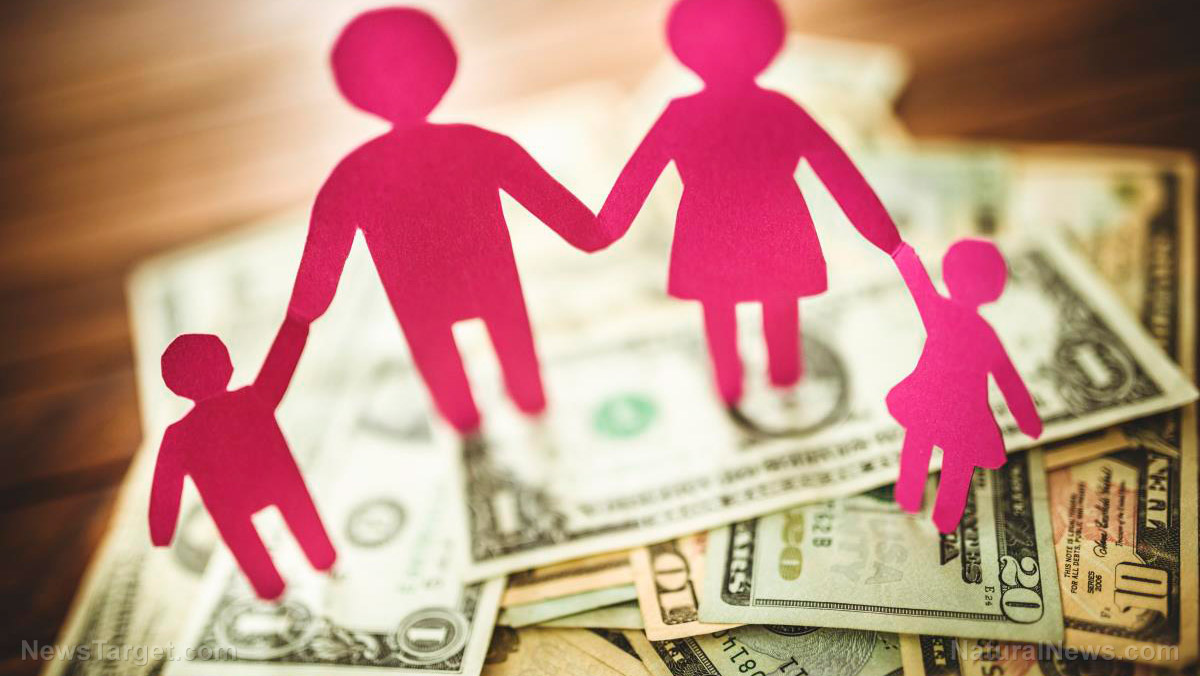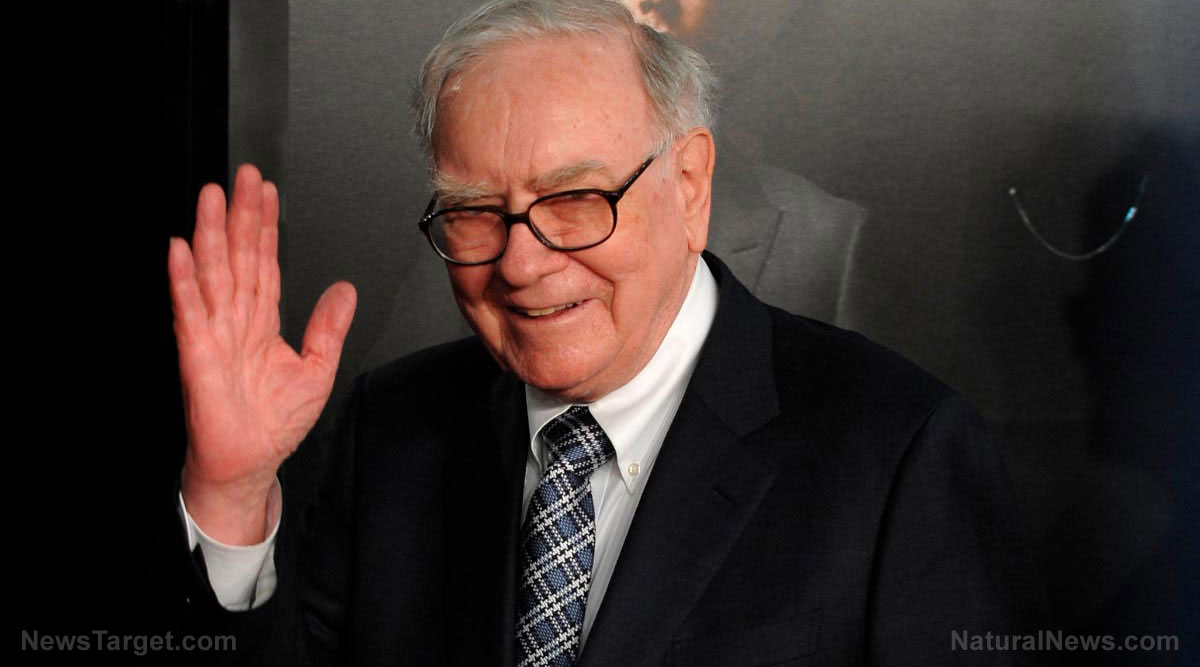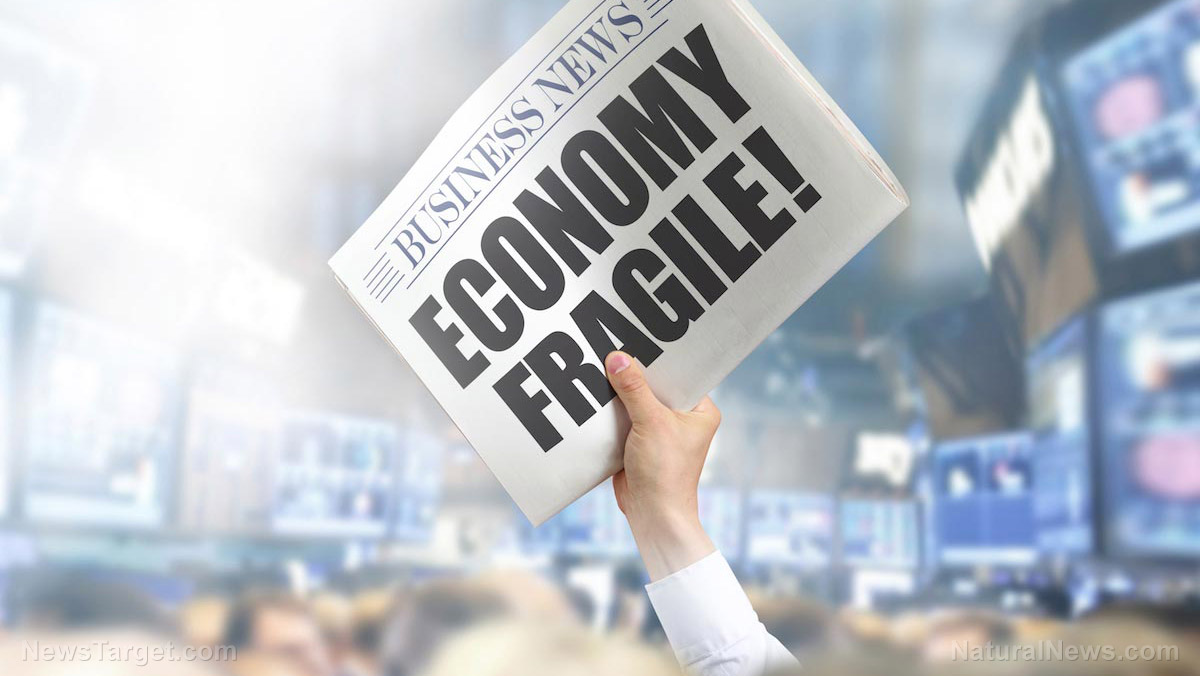Trump’s defense of tariffs as economic strategy sparks debate over trade and consumer impact
05/07/2025 / By Willow Tohi
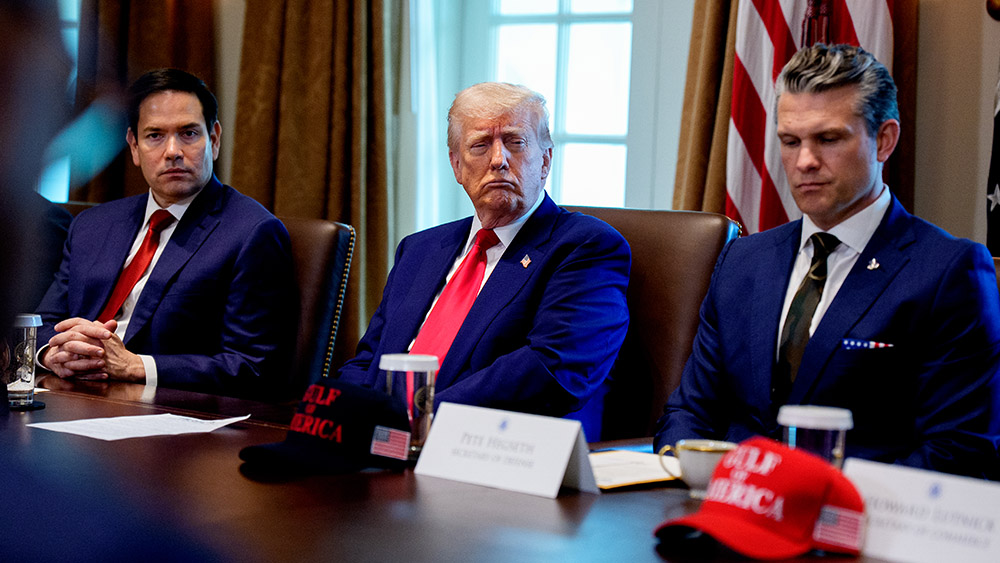
- President Trump defends tariffs as a corrective measure for U.S. trade imbalances, claiming they will “make us rich” by revitalizing domestic industries, reducing deficits, and lowering food prices, despite concerns about inflation and supply chain disruptions.
- Analysts warn the tariffs could destabilize global supply chains, exacerbate inflation, and trigger shortages, with companies like Ford and Mattel already citing uncertainty. Trump argues they will incentivize foreign firms to relocate production to the United States.
- Allies (e.g., Canada, EU) and adversaries oppose the tariffs, with the EU preparing retaliatory measures. India is a rare exception, reportedly agreeing to reduce tariffs on U.S. goods, though details are unclear.
- While Trump’s base supports the “America First” approach, critics like Bernie Sanders argue the policy harms working families. Economists warn of inflation, though the administration predicts trade disputes will resolve by year’s end.
- The strategy aims to reshore manufacturing and reduce trade deficits but risks economic instability, geopolitical rifts, and voter backlash if costs outweigh benefits. The outcome hinges on negotiations and public tolerance for higher prices.
In a recent interview on NBC‘s “Meet the Press, President Donald Trump doubled down on his aggressive tariff policy, framing it as a necessary corrective to decades of U.S. trade imbalances with China.
“The tariffs are going to make us rich,” Trump declared Sunday, May 4, dismissing concerns about higher consumer prices. His remarks come amid growing scrutiny over the economic and political ramifications of his trade agenda – including potential inflation, supply chain disruptions and geopolitical tensions.
Analysts have warned that these proposed tariffs could destabilize global supply chains and exacerbate inflation in the United States. But Trump maintains they are essential to his administration’s economic strategy.
He believes the tariffs will revitalize domestic industries by creating more factory jobs, reducing the federal deficit, lowering food prices, and enabling government subsidies for childcare. Moreover, he thinks increased import duties will encourage foreign companies to relocate their production facilities to the U.S., avoiding these tariffs.
The tariff rationale: Cutting “junk” imports
Trump’s argument hinges on reducing reliance on what he calls unnecessary imports – goods like excess toys, stationery and household items. “I don’t think a beautiful baby girl that’s 11 years old needs to have 30 dolls,” he said, suggesting Americans should embrace frugality.
Historical context underscores the stakes. Tariffs have long been a contentious tool, from the Smoot-Hawley Act exacerbating the Great Depression to Trump’s first-term trade wars disrupting global markets.
Now, with 145% tariffs on Chinese goods and threats of new levies on pharmaceuticals and foreign films, businesses warn of price hikes and shortages. Ford and Mattel have already withdrawn financial guidance, citing tariff-related uncertainties.
Global reactions: Allies and adversaries push back
The policy has strained relations with traditional partners. Canada’s Prime Minister Mark Carney, meeting Trump at the White House this week, rebuffed the president’s quip about annexing Canada. “It won’t be for sale, ever,” said Carney. Meanwhile, the EU is preparing retaliatory tariffs on $113 billion of U.S. goods if negotiations fail.
India, however, appears to be an exception. Trump claimed the country agreed to slash tariffs on U.S. exports “to nothing,” though details remain unclear. Such bilateral deals could offset losses elsewhere, but analysts caution that fragmentation of global trade risks long-term instability.
Domestic fallout: Inflation and political backlash
While Trump insists tariffs will bolster U.S. manufacturing, economists warn of inflationary pressures. Treasury Secretary Scott Bessent acknowledged “volatility” but predicted most trade disputes would resolve by year’s end.
Democrats, meanwhile, are seizing on the narrative that Trump is out of touch. “Billionaires like Trump don’t understand working families,” Sen. Bernie Sanders (I-VT) said on CNN, as though he were in touch with the middle class.
The toy industry exemplifies the divide. Trump’s suggestion that children “could be very happy with two or three dolls” drew mockery, but his base applauds the America First rhetoric. The question is whether voters will prioritize ideological consistency over pocketbook concerns.
Trump’s tariff strategy is a gamble with no clear precedent. It could reshore industries and reduce trade deficits if successful – but may trigger inflation, job losses and deeper global rifts if it fails. As negotiations with allies and adversaries continue, the coming months will test whether Trump’s vision of a “very rich country” aligns with economic reality – or fuels the instability his critics fear.
Trump’s use of tariffs is part of a broader strategy aimed at reshaping global trade dynamics and reinvigorating the U.S. manufacturing sector. While it offers potential benefits such as increased wages for workers, it also carries risks that must be carefully navigated to avoid economic instability.
For now, the administration’s message is clear: The era of unchecked imports is over. Whether Americans embrace that shift – or revolt against its costs – remains to be seen.
Sources for this article include:
Submit a correction >>
Tagged Under:
big government, Bubble, chaos, China, Collapse, debt bomb, debt collapse, Donald Trump, economic riot, economic strategy, economics, economy, finance, finance riot, global trade, imports, Inflation, market crash, money supply, products, risk, supply chain, tariffs, trade war
This article may contain statements that reflect the opinion of the author
RECENT NEWS & ARTICLES
COPYRIGHT © 2017 BUBBLE NEWS

